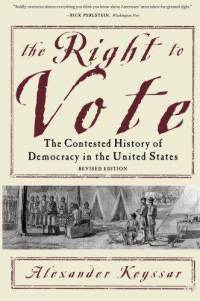UE Fought for Child Care as “Infrastructure” as Far Back as WWII
In their attacks on President Biden’s much-needed proposals to invest in physical and human infrastructure, the American Jobs Plan and the American Families Plan, many Republican politicians have derided applying the term “infrastructure” to programs that support working families. They dismiss child care, elder care and paid family leave as “liberal social programs” as opposed to the “real infrastructure” of buildings, roads, and bridges.
The experience of UE members during World War II, when millions of women took jobs in manufacturing, tells a different story.

